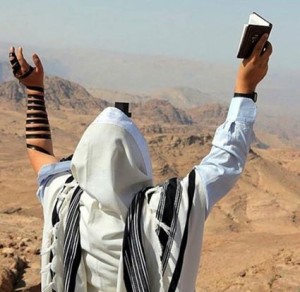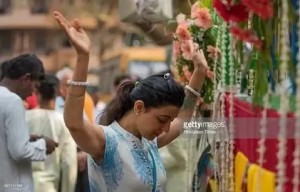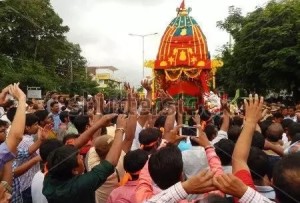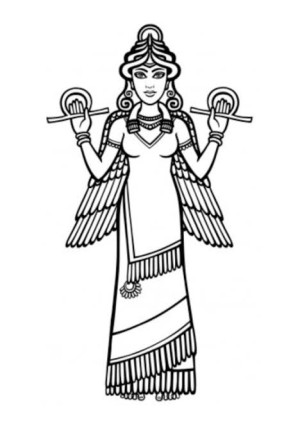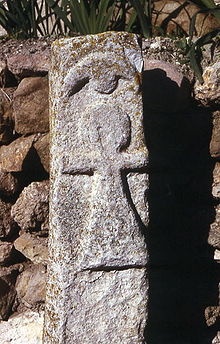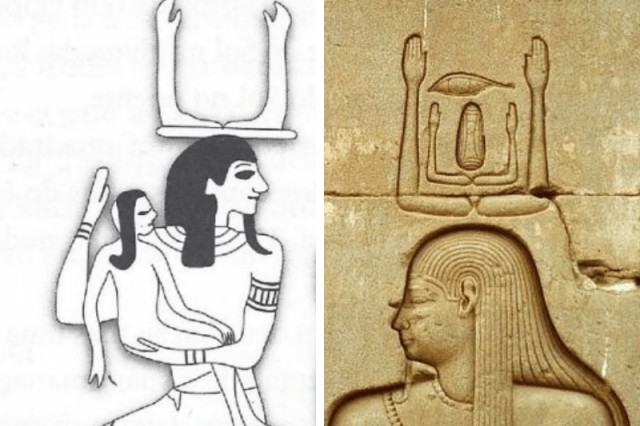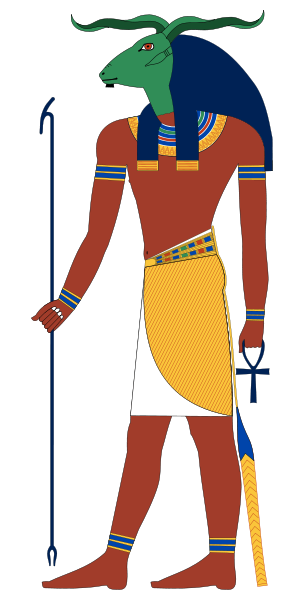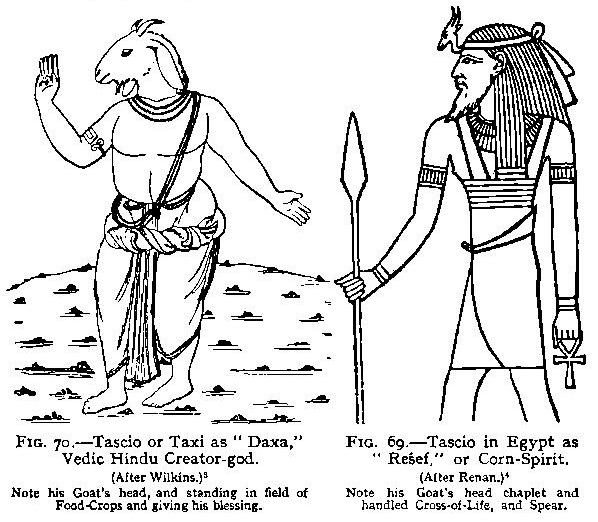
| RAISING HANDS DURING PRAYER Raising hands during prayer can be found in Judaism, Christianity, Islam and Aryans.
The question that comes in our mind is that when all 4 faith are different than why we find common similarities? This question can be answered in 2 ways 1st religious, spiritual and philosophical and 2nd going into cultural roots through research.
Here, I am taking the 2nd option and place in front of you what I have found.
1. Raising hands during prayer in different religions :
Judaism 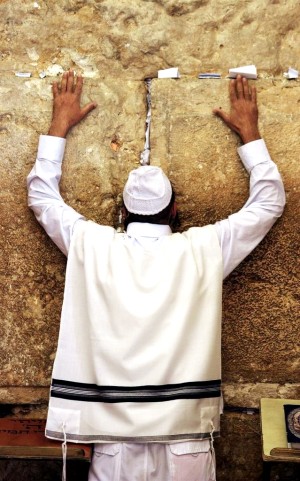
Judaism
Christianity 
Christain Preacher 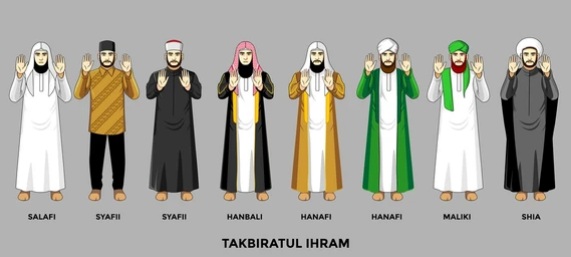
Islam
Aryans 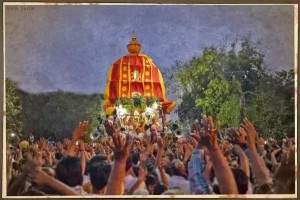
Aryans
Aryans 
Sun
Worshipping Aryans
2.
Sumerian roots :
Sumerian Goddess Inanna 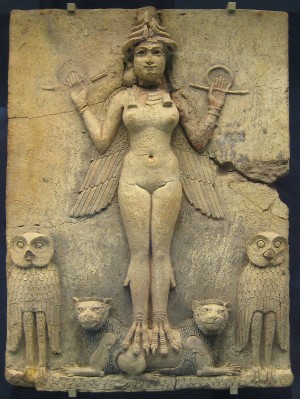
Sumerian Goddess Inanna The Sumerian Goddess Inanna is also known as Eve / Artemis / Ishtar and her husband is Adam / Thor / Indra.
When Sumerian kings who were Aryans established their Kingdom in Egypt a lot of new things involved out of which one is raising hands known as Ka.
Raising hands during prayer starts from Sumerian and Egyptian Kings who were Aryans. Since all the 4 faiths which you find namely Judaism, Christianity, Islam and of Aryans were all founded in Near East and as the Aryan customs already prevailed in Near East it also continued in all different religions.
Raising hands during prayer can also be found in Early Old Babylonian (ca. 2000-1900 BC) composite text related to God Zababa :
Composite Text : mu ki szu-il2-la-ga2
Translation : because in my place of Raised Hand prayers
To know more about the composite text Click here.
Stele of Goddess Tanit 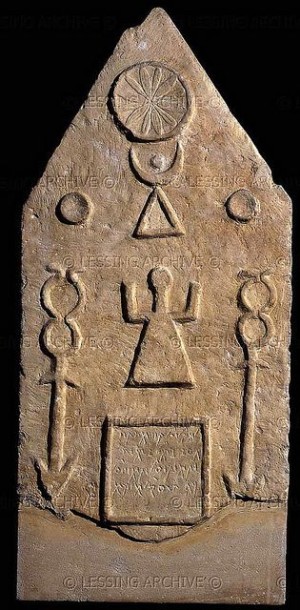
Stele of Goddess Tanit Goddess Tanit was a Punic and Phoenician goddess, she was the chief deity of Carthage alongside her consort Baal-Hamon. She was adopted by the Amazigh people.
Phoenicians were Aryans and the Crescent Moon represents Chaldean culture and the dot on it represents Sun.
The 2 hands raised symbol represents Ka.
To know more about Goddess Tanit Click here.
There are 3 different ways to explain Ka which are as follows :
3. Egyptian concept of Soul :
• Ancient Egyptian conception of the soul
4. Ancient Egyptian Symbols :
5. Ka, Khnum and Daksh / Cain / Tascio :
• Ka overview :
Ka The 2 hands symbol represents Ka.
The k (ka) was the Egyptian concept of vital essence, which distinguishes the difference between a living and a dead person, with death occurring when the k left the body.
The Ka was a spiritual twin born with every man and lived on after he died as long as it had a place to live, this place was the body of the individual. The Ka needed that body after death, this is why Egyptians mummified their dead.
If the body decomposed, their spiritual double would die and the deceased would lose their chance for eternal life.
The Egyptians believed that Khnum created the bodies of children on a potter's wheel and inserted them into their mothers' bodies. Depending on the region, Egyptians believed that Heqet or Meskhenet was the creator of each person's k, breathing it into them at the instant of their birth as the part of their soul that made them be alive. This resembles the concept of spirit in other religions.
The Egyptians also believed that the k was sustained through food and drink. For this reason food and drink offerings were presented to the dead, although it was the k within the offerings that was consumed, not the physical aspect. In the Middle kingdom a form of offering tray known as a soul house was developed to facilitate this. The k was often represented in Egyptian iconography as a second image of the king, leading earlier works to attempt to translate k as double.
Horus, the founding god of the Pharaonic Royalty, bequeathed (to arrange for something to be given to somebody after you have died) to the first human King his Royal Ka, which was transmitted from coronation (an official ceremony at which somebody is made a king or queen) to coronation.
Khnum Khnum who was believed to create men out of clay on his potter's wheel also molded the Ka at the same time.
To know more about Khnum Click here.
• Horus / Daksh / Cain / Tascio :
Horus / Daxa (Daksh) / Tascio / Cain To know more about this you can download books in Pdf format written by Lieutenant Colonel Laurence Austine Waddell. To download the books Click here.
The above image is shown from the book The Phoenician Origin of Britons written by Lieutenant Colonel Laurence Austine Waddell.
6. Judaism :
The egyptian civilization was a mixture of Sun worshipper Aryans and Chaldean. The reason why we see many similarities in Judaism, Christianity, Islam and Aryans is because the source of traditions is Sumerian and Egyptian.
Moses was the adopted son of Bithiah. Bithiah was the daughter of Pharaoh. Leviticus Rabbah (Leviticus Rabbah 1:3) and the Books of Chronicles (1 Chronicles 4:18) refer to her as Bit-Yah (daughter of Yahweh). As per Lieutenant Colonel Laurence Austine Waddell Yahweh is Indra / Adam / Thor.
The story of Moses is very similar to Karna and his mother Kunti mentioned in Mahabharat.
Since Bithiah knew the traditions, culture, religion, etc. of Aryans and Chaldeans she taught it to Moses.
Judaism is a abrahamic religion and so is Christianity and Islam it is natural to find similar traditions in Aryans, Judaism, Christianity and Islam.
The story of Bithiah and Moses is in 2 parts which are as follows :
|
